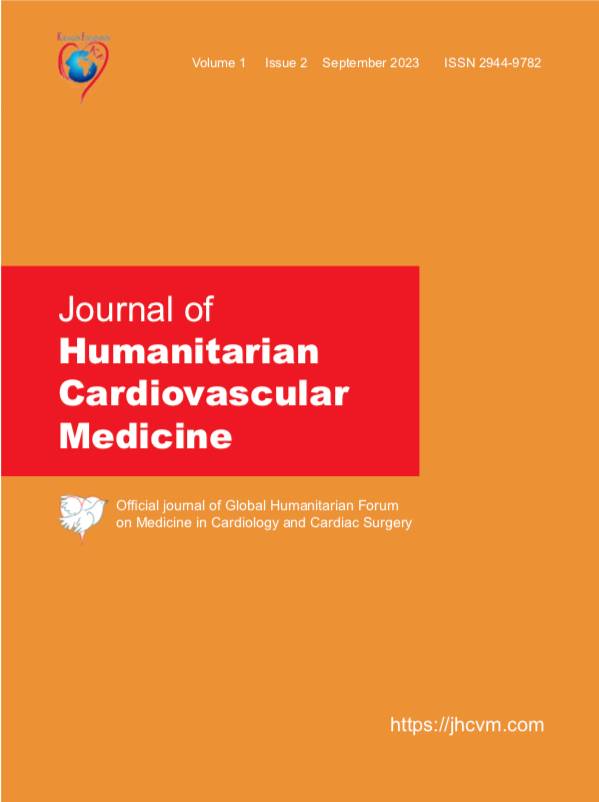A Post Hoc Analysis on the Incidence of Congenital Heart Disease in Baku-Azerbaijan calculated by a Prospective Epidemiology Study

Abstract
Background: The incidence of Congenital Heart Disease (CHD)in Azerbaijan was firstly published following a prospective study, using Echo-2D as a study method, in 2019.
Aim: Of this post hoc analysis of the first ever prospective epidemiology study that calculated incidence and types of CHD in Baku, Azerbaijan, is to verify the forms of diseases that will have and early clinical impact on the patients and the health system of the country.
Population-method: From June 2016 to August 2018, 2570, term neonates were screened in 2 major state maternity hospitals in Baku. Their screening was randomized to equal females/males with not known previous obstetric alert regarding CHD. Scanning was done by two teams of pediatric cardiologists by using echo-2D. Each team was ‘blinded’ to the findings of each other. All scans were recorded, and a third senior physician reevaluated them.
Results: From 2570 term neonates of the general population, they detected 47 CHD’s. From them, 17 were critical and severe-CHD and 7/47(14.9%) were of moderate complex. 17/47 (36.2%) were cyanotic and 30/47(63.8%) were non-cyanotic. The incidence of simple CHD was 25/47(53.2%). Analysis of the specific anatomy is presented in table1. The estimated incidence was 1.83%. As this incidence has been among the highest reported a post hoc analysis has clarified and presented an important clinical rate of 1.48% after redacting minimal defects without any clinical significance, as minor PDA’s, ASD II, VSD’s. A post hoc calculation of BAov, revealed an anatomical BAov incidence of 1.65% and a functional BAov incidence of 1.4%.
Conclusions: This first-ever prospective epidemiology study in Azerbaijan involving a cohort equal to 1.65% of the annual living births of the country, estimated a high incidence of CHD. This is among the highest reported globally. The amount of critical and severe CHD after the post hoc analysis increased from 46.8% to 55.3%. The incidence of cyanotic CHD after the post hoc analysis increased from 36.2% to 42.1%. These high numbers are possibly related to an isolated population and conjugated marriage customs of the country. As this represented a state population health burden a post hoc analysis based on clinical important CHD minimized the calculated index nearby 20%.
Article Details
- How to Cite
-
Petropoulos, A. (2023). A Post Hoc Analysis on the Incidence of Congenital Heart Disease in Baku-Azerbaijan calculated by a Prospective Epidemiology Study. Journal of Humanitarian Cardiovascular Medicine, 1(2). https://doi.org/10.12681/jhcvm.33148
- Issue
- 2023: V 1, Issue 2
- Section
- Articles
- Categories

This work is licensed under a Creative Commons Attribution-NonCommercial-ShareAlike 4.0 International License.
This work is licensed under a [Creative Commons Attribution-NonCommercial-ShareAlike 4.0 International License|https://creativecommons.org/licenses/by-nc-sa/4.0/]. Authors who publish with this journal agree to the following terms: # Authors retain copyright and grant the journal right of first publication with the work simultaneously licensed under a CC-BY-NC-SA that allows others to share the work with an acknowledgement of the work's authorship and initial publication in this journal. # Authors are able to enter into separate, additional contractual arrangements for the non-exclusive distribution of the journal's published version of the work (e.g. post it to an institutional repository or publish it in a book), with an acknowledgement of its initial publication in this journal. # Authors are permitted and encouraged to post their work online (preferably in institutional repositories or on their website) prior to and during the submission process, as it can lead to productive exchanges, as well as earlier and greater citation of published work (See [The Effect of Open Access|http://opcit.eprints.org/oacitation-biblio.html]).


